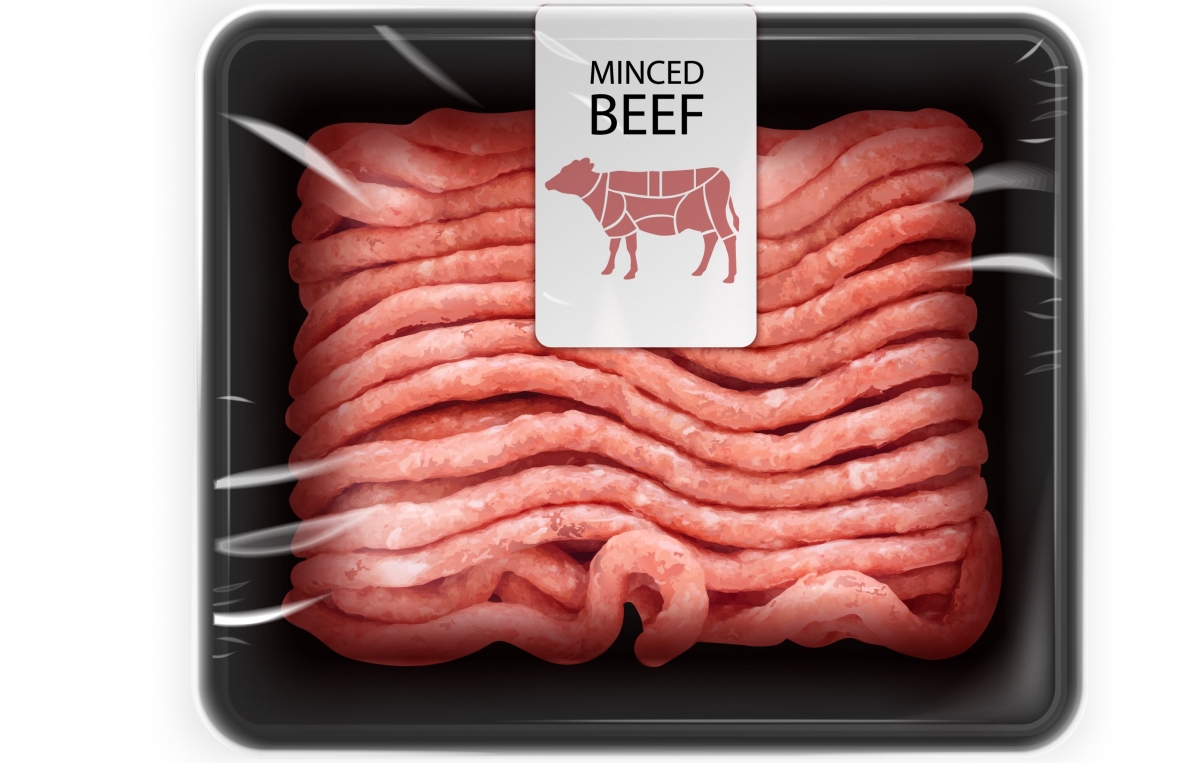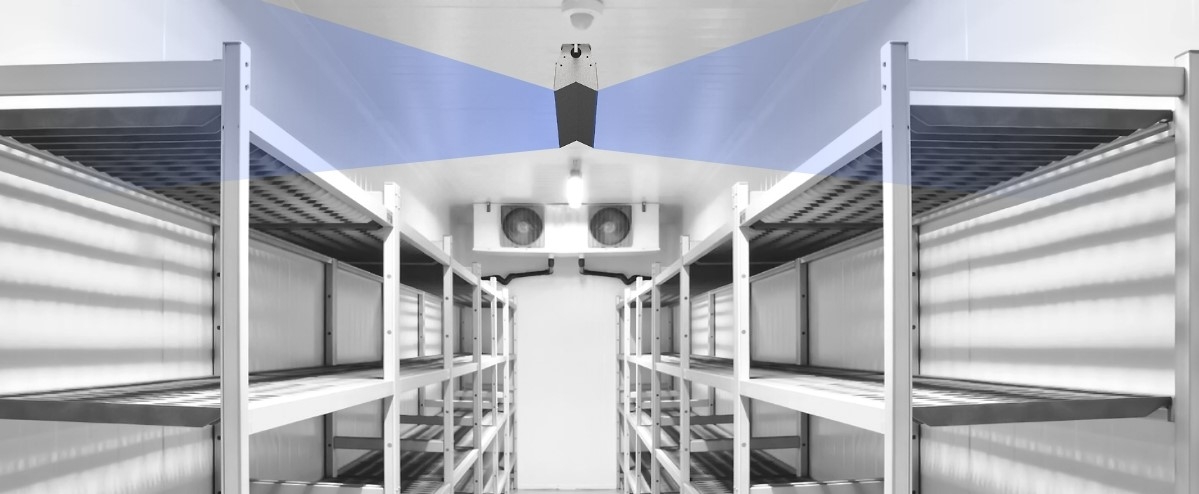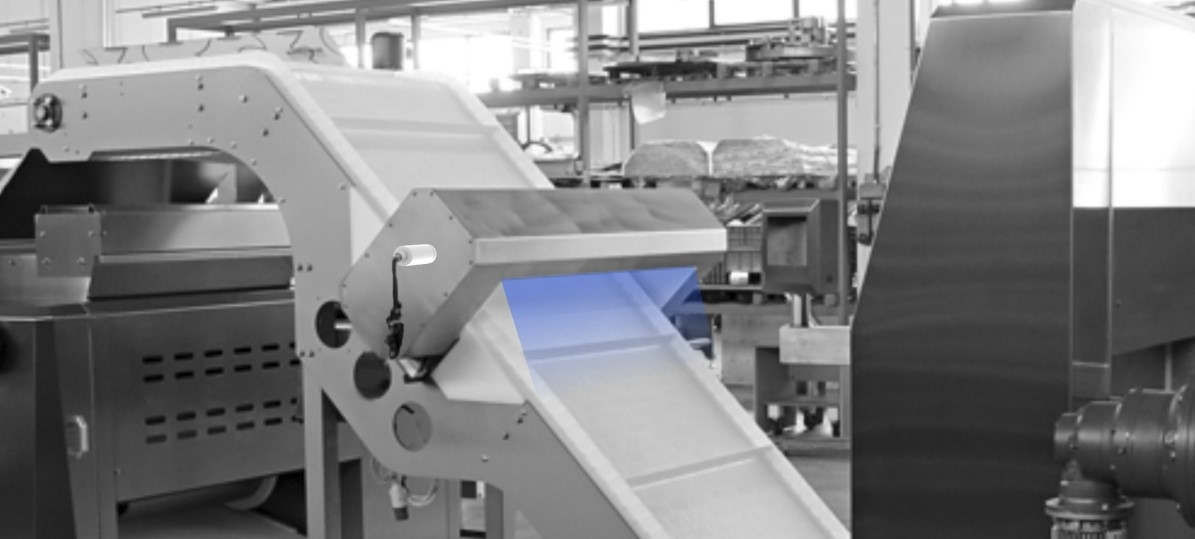UVC (ultraviolet C) technology is emerging as a significant tool in achieving these goals. In this article, we will explore the importance of UVC technology and its various applications in the meat industry.

IMPORTANCE OF UVC TECHNOLOGY
UVC technology has proven and tested efficacy to disinfect and eliminate microorganisms, including bacteria, viruses, molds, and fungi. Its importance in the meat industry lies in its ability to:
Enhance Food Safety: UVC technology helps reduce the risk of foodborne illnesses by effectively killing harmful pathogens such as E. coli, Salmonella, and Listeria on meat surfaces.
Extend Shelf Life: By eliminating spoilage-causing microorganisms and molds, UVC technology can extend the shelf life of meat products, reducing food waste and production costs.
Physical disinfection: The use of ultraviolet rays as a purely preventive and exclusively physical method, thus without adding chemicals (preservatives) to meat products.
Improve Product Quality: UVC treatment preserves the freshness and quality of meat by preventing bacterial growth and maintaining the desired color and texture.
Ensure Compliance with Regulations: UVC technology aids meat producers in meeting stringent food safety and hygiene regulations, enhancing their reputation and customer trust.
MAIN APPLICATIONS OF UVC TECHNOLOGY IN THE MEAT INDUSTRY
Surface Disinfection: UVC lamps and systems are used to disinfect the surfaces of equipment, tools, and workspaces in meat processing facilities. This reduces the risk of cross-contamination during meat handling and processing.
Air Sterilization: UVC air purification systems are installed in meat processing areas and cold storage rooms to continuously sterilize the air. This helps prevent the spread of airborne pathogens and molds that can contaminate meat products.
Water Treatment: UVC technology can be employed to disinfect water used in meat processing, ensuring that waterborne contaminants do not compromise product safety.
Packaging and Storage: UVC systems are used to disinfect packaging materials and storage areas, reducing the risk of microbial growth during transportation and storage.
Cold Storage Rooms: The proper use of UV light for decontaminating air in cold storage and during its processing allows for optimal conditions from a bacteriological, humidity and temperature point of view. The result is a significant decrease in losses and returns.
Quality Control: UVC technology can be integrated into quality control processes to assess the microbiological safety and quality of meat products.
Preservation of Freshness: UVC is applied to the surfaces of packaged meat products to extend their freshness and prevent the growth of spoilage microorganisms.
Decontamination of Processing Equipment: Meat processing machinery and equipment can be sanitized using UVC systems to ensure they are free from harmful pathogens.

ECONOMIC BENEFITS
Investment in UVC systems can bring significant economic benefits in the long term. By reducing the risk of contamination and increasing the shelf life of products, significant savings can be made and the company's reputation can be enhanced through the production of high quality meat that is safe for the consumer.
SAFETY
While UVC technology offers numerous benefits, safety precautions are essential to protect workers from potential exposure to UVC radiation. Protective measures include the use of shields, timed shut-off systems, and the installation of UVC fixtures in areas where personnel are not present during operation.
Furthermore, it is important to accurately calculate the UV dose required to achieve the desired microbial abatement. Relying on competent companies with products tested by independent laboratories for their effectiveness is therefore of paramount importance.

CONCLUSIONS
UVC technology is becoming increasingly significant in the meat production, processing, and preservation industry due to its ability to enhance food safety, extend shelf life, improve product quality, and ensure compliance with regulations. By implementing UVC solutions tailored to their specific needs, meat producers can contribute to safer, higher-quality meat products for consumers while reducing operational costs and food waste.
We have been providing UVC disinfection systems for industrial production lines for over 35 years.
Contact one of our product specialists for an installation proposal and quote.
An overview of the UVC solutions we offer for the food processing industry is available here:
https://www.lightprogress.it/en/solutions/industrial-production-disinfection/
Copywrite ©Light Progress Srl – All rights reserved




_rev2 (1).jpg)